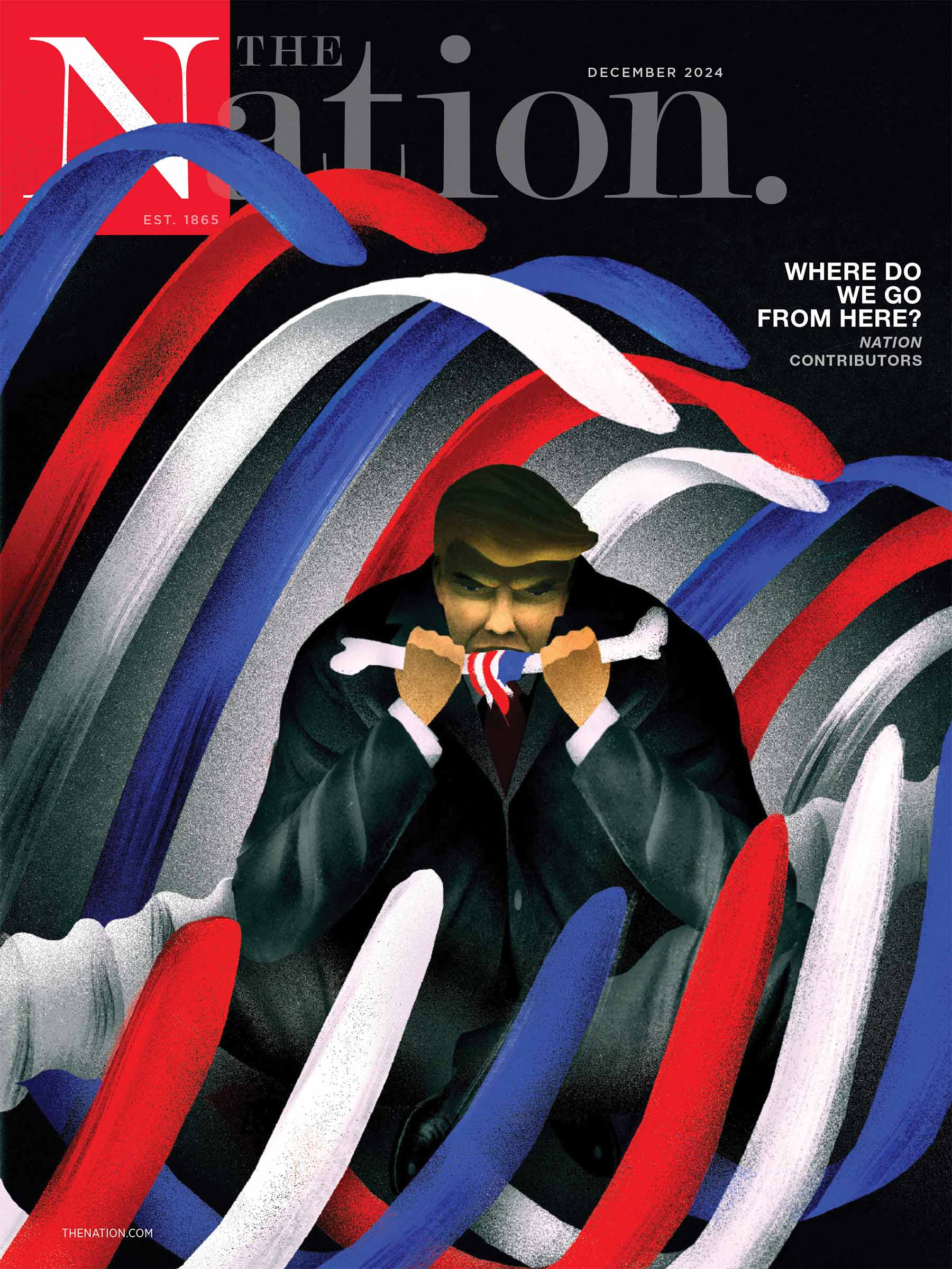The Iranian student demonstrations that began on June 10 initially protested plans to privatize Teheran University and to raise tuition. They quickly became a forum for criticizing the repressive policies of the Islamic Republic. They gathered support from some in the middle class in the succeeding week and from students at provincial campuses. Right-wing paramilitaries attacked the students viciously, and hundreds have been arrested.
The demonstrators deserve the enthusiastic support of Americans. But direct statements by George W. Bush have a potential of backfiring. It is crucial to understand the movement and its limitations, as well as the nature of its enemies. Supreme Jurisprudent Ayatollah Ali Khamenei characterized the students as American mercenaries, a line that has resonance in a country where US conspiracies to change the government–like the 1953 CIA coup–have actually succeeded.
Some student protesters used the most radical language yet heard in public, shouting “Death to Khamenei!” Others called for the resignation of President Muhammad Khatami, earlier considered an ally by many students in their efforts to liberalize Iranian society. The students have been deeply frustrated by the hard-line clerics’ ability to use the judiciary and other cleric-dominated institutions to block reform despite the reformers’ success at the polls. The hard-liners crushed a previous student movement on July 9, 1999, and the current protests commemorate that event. Many students blame Khatami for not standing up to the far right.
Bush said on June 15 that these demonstrations were “the beginning of people expressing themselves toward a free Iran.” Colin Powell also championed the students and their aspirations. Bush and Powell were not exactly SDS sympathizers in the 1960s and ’70s. The irony of their support now for a youth counterculture and for student demonstrations against privatization should not be lost on observers.
Bush, as usual, is probably exaggerating. Successful political movements in modern Iranian history have typically involved a coalition of social forces. Merchants of large property, shopkeepers and artisans of the bazaar have been one key element; intellectuals and white-collar workers have been another; the Shiite clerical corps the third. Industrialization has made the working class important as well. These forces were behind the Constitutional Revolution of 1905-11, the Mossadegh oil nationalization movement of 1951-53 and the Islamic Revolution of 1978-79.
The June student demonstrations have so far received support only from relatively well-to-do families of north Teheran, who drove down to the campus area in their automobiles and honked their horns in solidarity. The demonstrations depended for their coordination on calls to satellite television shows based in the West, but this technique hardly constitutes real political organizing. Until the student movement links with workers and small businesses, and until the two of them are powerful enough to take on the hard-line clerics, it will be able to do little more than protest.
The students are substantially to the left of most reformist parliamentarians and intellectuals, though 250 of the latter signed a letter to Khamenei in support of them. Hearing Bush speak up for them may raise protesters’ spirits; it may also encourage them to make unrealistic demands or to overestimate the degree of practical US backing they are likely to receive. Bush Senior, after all, called on Iraqi Kurds and Shiites to rise up against Saddam in 1991 and then allowed them to be crushed. Bush’s grandstanding may also lend credibility to conservative Iranian suspicions that the students are American mercenaries, thus weakening support for them inside Iran.
If America really wants to help the students, it should stop making it so difficult for Iranians to get US visas to visit or study here. It should lift the economic embargo on Iran, which does not hurt the oil-rich clerics but does keep Iran isolated from US influences. The visa restrictions and the embargo make people-to-people diplomacy difficult or impossible. It should provide US universities more money to teach Persian, so that more Americans can follow and engage with the democratic student movement.
Bush has also said he will not countenance the development of nuclear weapons by Iran. This stance would have credibility with the students and the Iranian public only if Washington were also pressing Israel, India and Pakistan to give up their nuclear weapons. It may well be time to acknowledge that nuclear energy is a fatally flawed industry, inevitably producing material that can be enriched into a bomb or used in dirty bombs. A two-pronged approach of supporting democracy in Iran and declaring the Middle East a nuclear-free zone is needed here.
Talk is cheap. The question for Bush is whether he is ready to push legislation that would offer practical help to the students and to all Iranians who aspire to basic freedoms.


